Published: September 24, 2020
What do the Google Assistant app, the Slack app, the Zoom app, and almost any other platform-specific app on your phone or computer have in common? Right, they always at least give you something. Even when you do not have a network connection, you can still open the Assistant app, or enter Slack, or launch Zoom. You might not get anything particularly meaningful or even be unable to achieve what you wanted to achieve, but at least you get something and the app is in control.
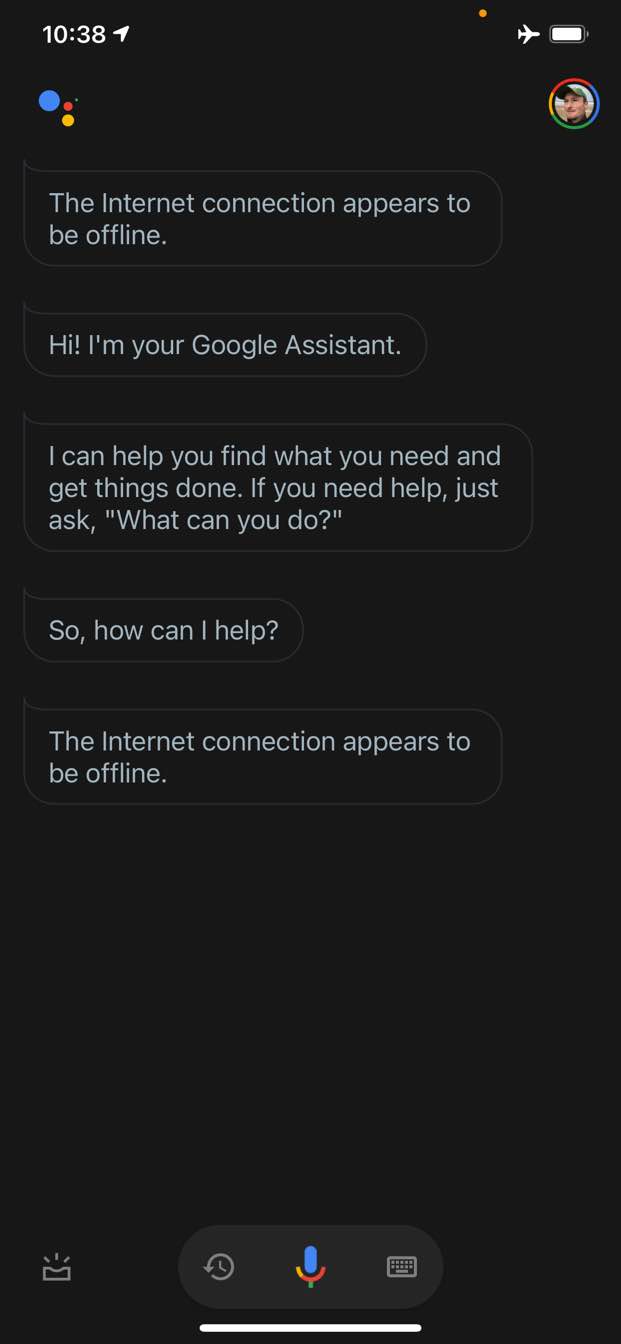
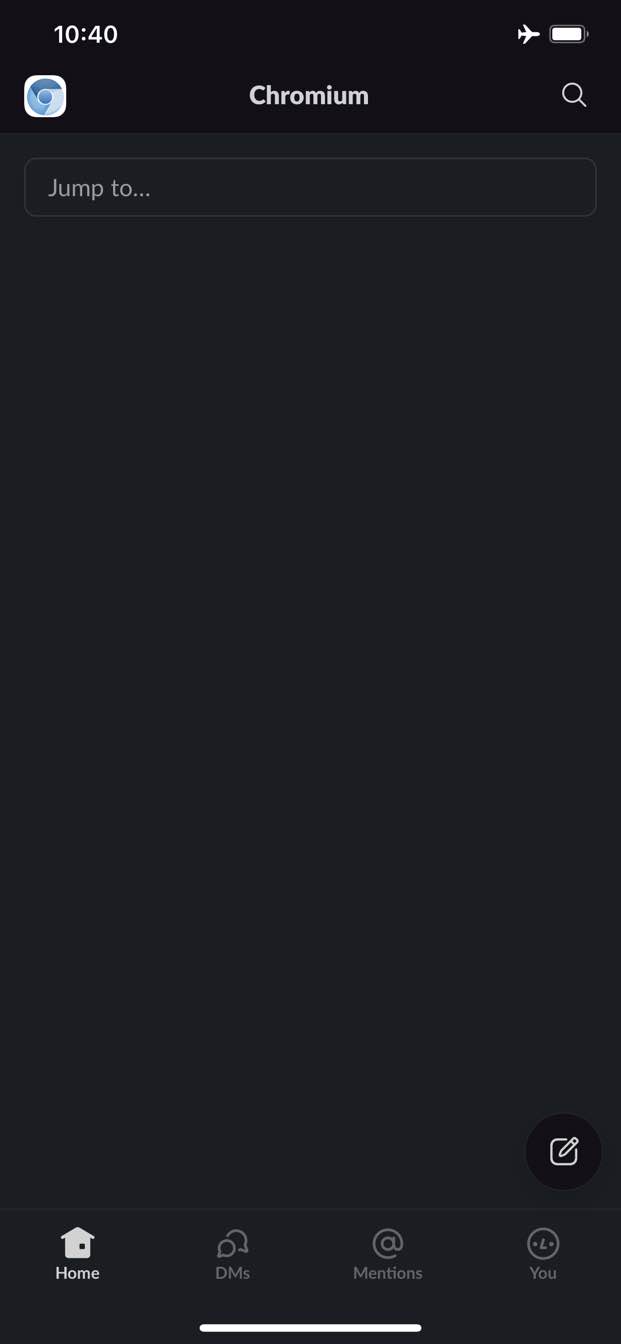
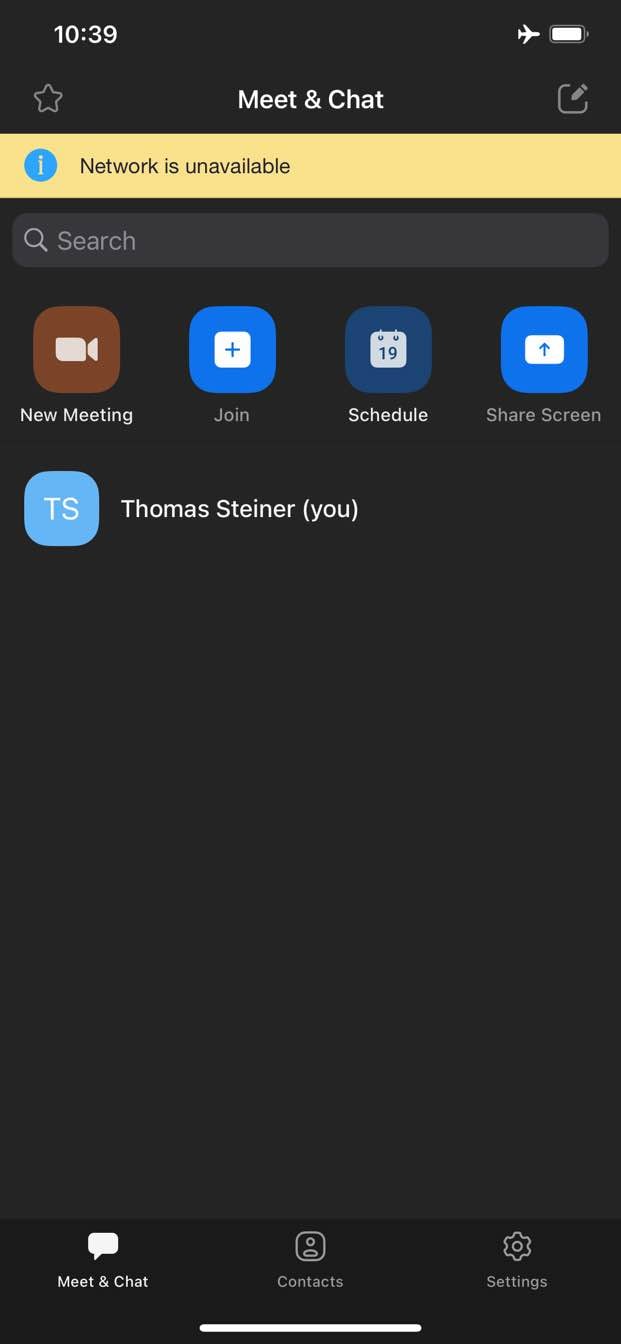
In contrast, on the Web, traditionally you get nothing when you are offline. Chrome gives you the offline dino game, but that is it.
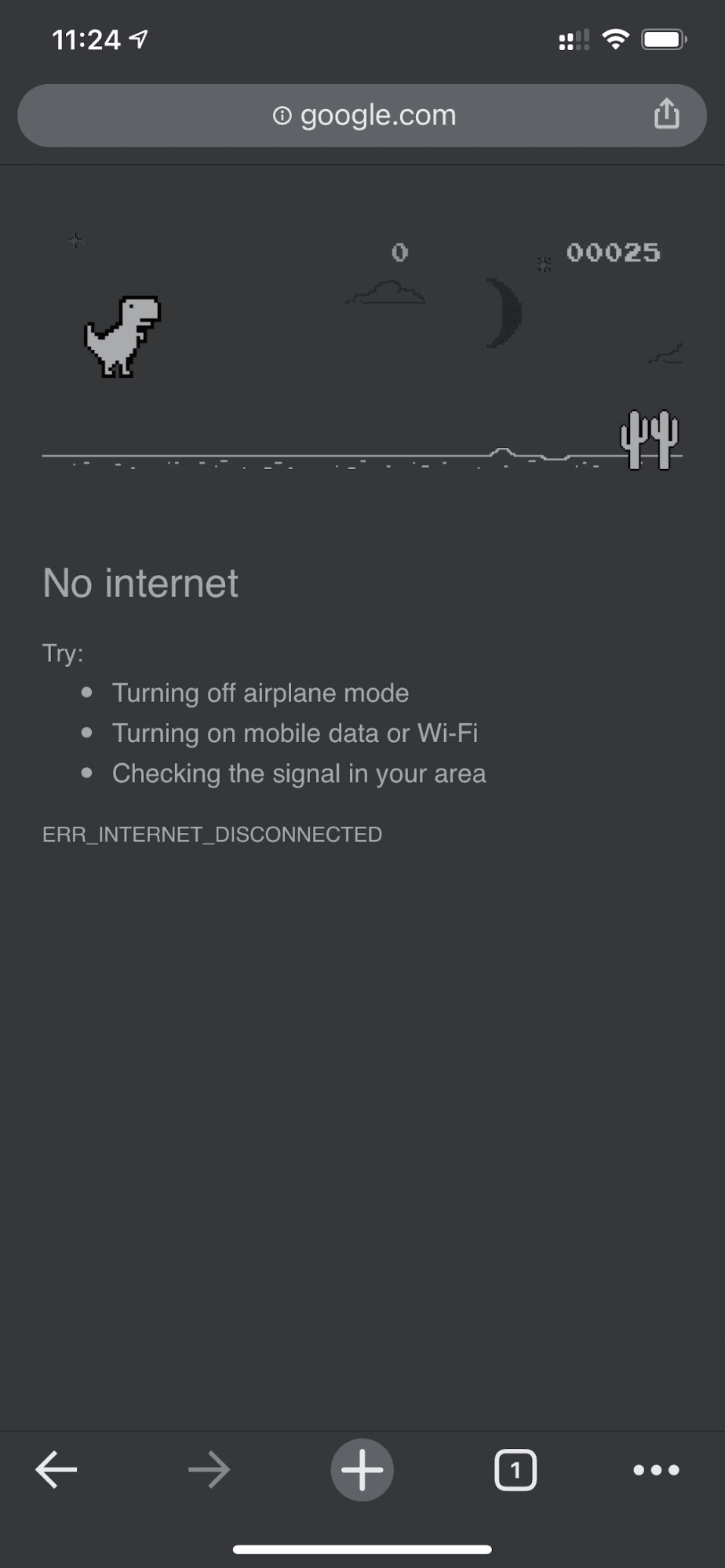
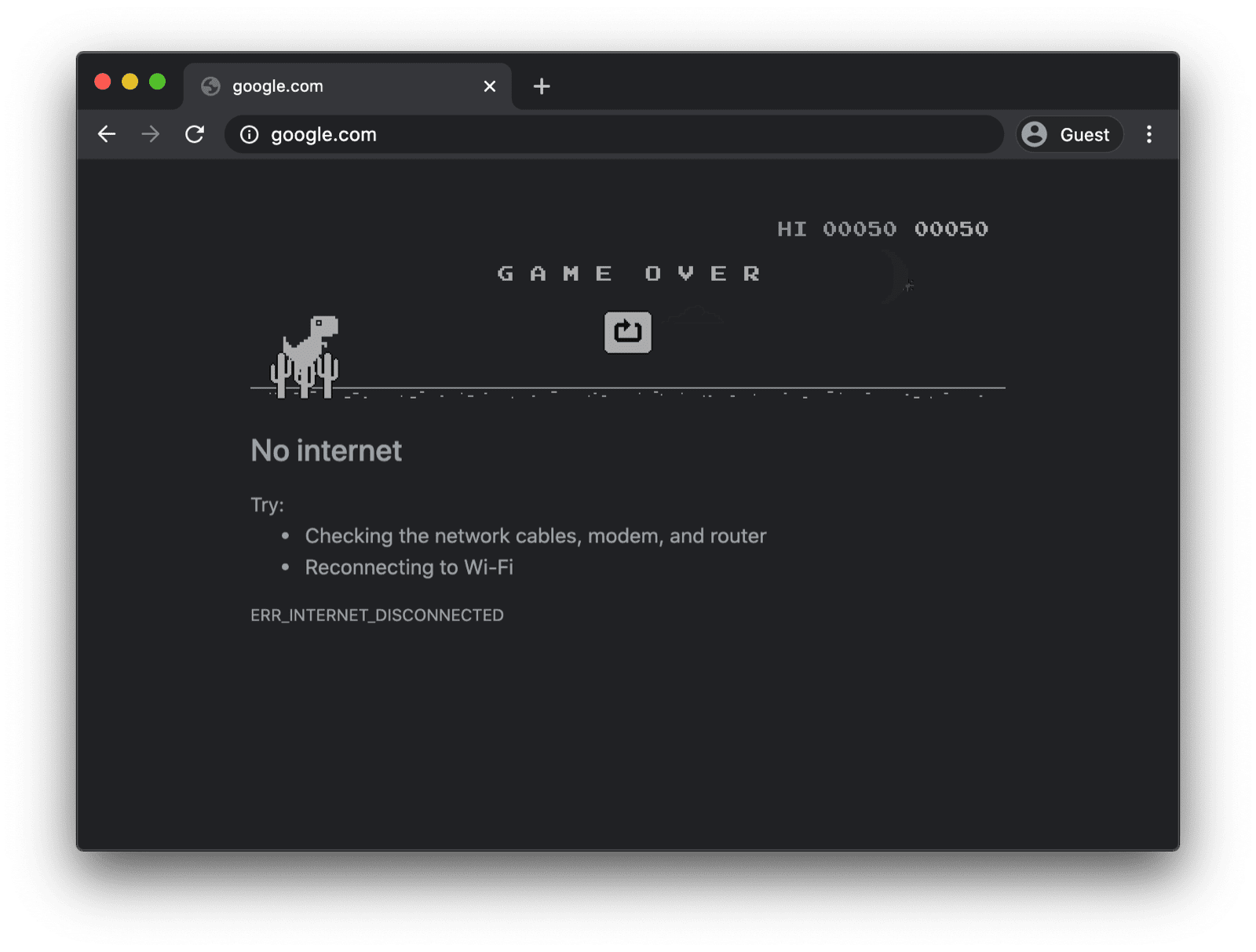
An offline fallback page with a custom service worker
It does not have to be this way, though. Thanks to service workers and the Cache Storage API, you can provide a customized offline experience for your users. This can be a simple branded page with the information that the user is currently offline, but it can just as well be a more creative solution, like, for example, the famous trivago offline maze game with a manual Reconnect button and an automatic reconnection attempt countdown.
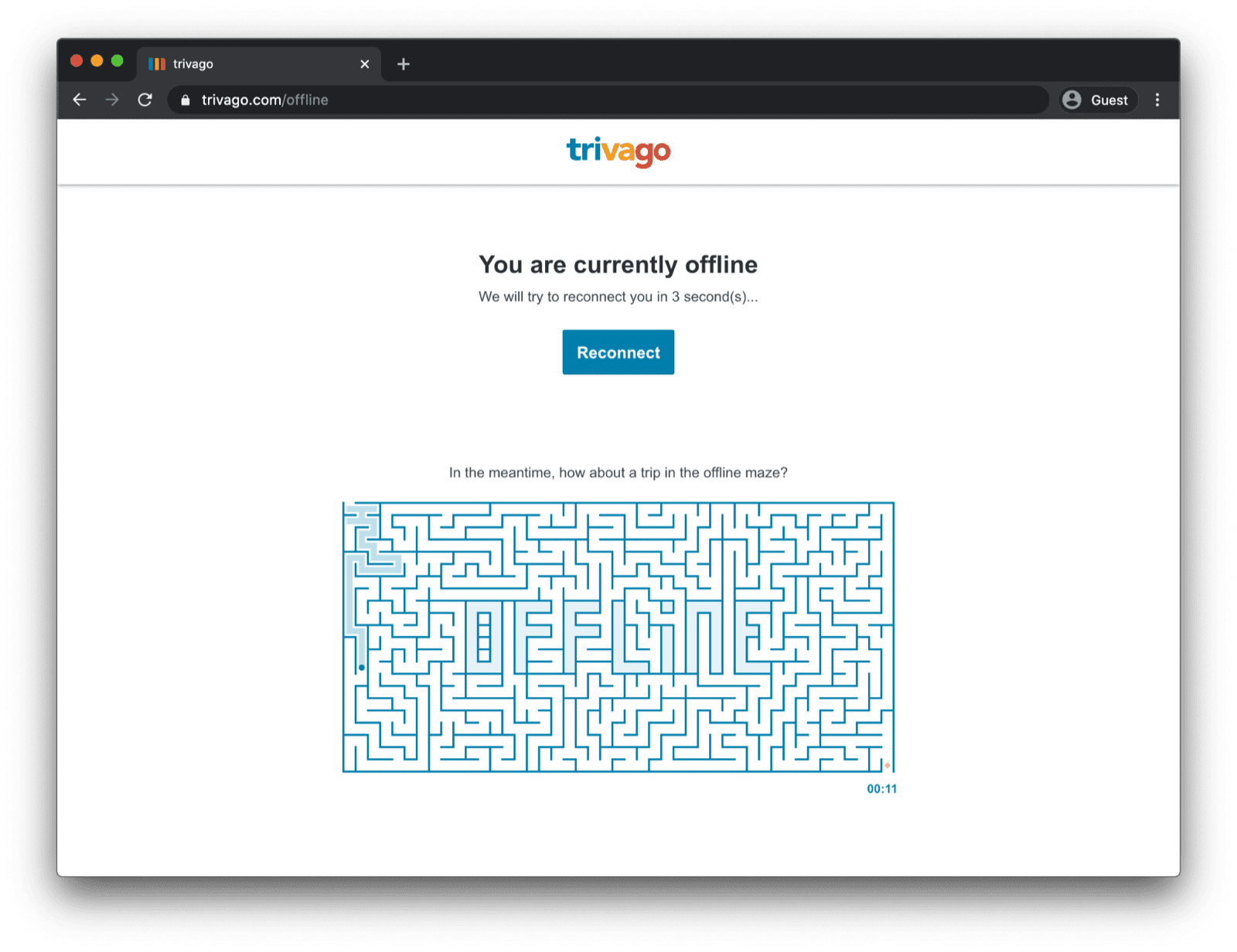
Registering the service worker
The way to make this happen is through a service worker. You can register a service worker from your main page as in the code sample below. Usually you do this once your app has loaded.
window.addEventListener("load", () => {
if ("serviceWorker" in navigator) {
navigator.serviceWorker.register("service-worker.js");
}
});
The service worker code
The contents of the actual service worker file may seem a little involved at first sight, but the
comments in the sample below should clear things up. The core idea is to pre-cache a file named
offline.html that only gets served on failing navigation requests, and to let the browser handle
all other cases:
/*
Copyright 2015, 2019, 2020, 2021 Google LLC. All Rights Reserved.
Licensed under the Apache License, Version 2.0 (the "License");
you may not use this file except in compliance with the License.
You may obtain a copy of the License at
http://www.apache.org/licenses/LICENSE-2.0
Unless required by applicable law or agreed to in writing, software
distributed under the License is distributed on an "AS IS" BASIS,
WITHOUT WARRANTIES OR CONDITIONS OF ANY KIND, either express or implied.
See the License for the specific language governing permissions and
limitations under the License.
*/
// Incrementing OFFLINE_VERSION will kick off the install event and force
// previously cached resources to be updated from the network.
// This variable is intentionally declared and unused.
// Add a comment for your linter if you want:
// eslint-disable-next-line no-unused-vars
const OFFLINE_VERSION = 1;
const CACHE_NAME = "offline";
// Customize this with a different URL if needed.
const OFFLINE_URL = "offline.html";
self.addEventListener("install", (event) => {
event.waitUntil(
(async () => {
const cache = await caches.open(CACHE_NAME);
// Setting {cache: 'reload'} in the new request ensures that the
// response isn't fulfilled from the HTTP cache; i.e., it will be
// from the network.
await cache.add(new Request(OFFLINE_URL, { cache: "reload" }));
})()
);
// Force the waiting service worker to become the active service worker.
self.skipWaiting();
});
self.addEventListener("activate", (event) => {
event.waitUntil(
(async () => {
// Enable navigation preload if it's supported.
// See https://developers.google.com/web/updates/2017/02/navigation-preload
if ("navigationPreload" in self.registration) {
await self.registration.navigationPreload.enable();
}
})()
);
// Tell the active service worker to take control of the page immediately.
self.clients.claim();
});
self.addEventListener("fetch", (event) => {
// Only call event.respondWith() if this is a navigation request
// for an HTML page.
if (event.request.mode === "navigate") {
event.respondWith(
(async () => {
try {
// First, try to use the navigation preload response if it's
// supported.
const preloadResponse = await event.preloadResponse;
if (preloadResponse) {
return preloadResponse;
}
// Always try the network first.
const networkResponse = await fetch(event.request);
return networkResponse;
} catch (error) {
// catch is only triggered if an exception is thrown, which is
// likely due to a network error.
// If fetch() returns a valid HTTP response with a response code in
// the 4xx or 5xx range, the catch() will NOT be called.
console.log("Fetch failed; returning offline page instead.", error);
const cache = await caches.open(CACHE_NAME);
const cachedResponse = await cache.match(OFFLINE_URL);
return cachedResponse;
}
})()
);
}
// If our if() condition is false, then this fetch handler won't
// intercept the request. If there are any other fetch handlers
// registered, they will get a chance to call event.respondWith().
// If no fetch handlers call event.respondWith(), the request
// will be handled by the browser as if there were no service
// worker involvement.
});
The offline fallback page
The offline.html file is where you can get creative and adapt it to your needs and add your
branding. The example below shows the bare minimum of what is possible.
It demonstrates both manual reload based on a button press as well as automatic reload
based on the online event
and regular server polling.
<!DOCTYPE html>
<html lang="en">
<head>
<meta charset="utf-8" />
<meta http-equiv="X-UA-Compatible" content="IE=edge" />
<meta name="viewport" content="width=device-width, initial-scale=1" />
<title>You are offline</title>
<!-- Inline the page's stylesheet. -->
<style>
body {
font-family: helvetica, arial, sans-serif;
margin: 2em;
}
h1 {
font-style: italic;
color: #373fff;
}
p {
margin-block: 1rem;
}
button {
display: block;
}
</style>
</head>
<body>
<h1>You are offline</h1>
<p>Click the button below to try reloading.</p>
<button type="button">⤾ Reload</button>
<!-- Inline the page's JavaScript file. -->
<script>
// Manual reload feature.
document.querySelector("button").addEventListener("click", () => {
window.location.reload();
});
// Listen to changes in the network state, reload when online.
// This handles the case when the device is completely offline.
window.addEventListener('online', () => {
window.location.reload();
});
// Check if the server is responding and reload the page if it is.
// This handles the case when the device is online, but the server
// is offline or misbehaving.
async function checkNetworkAndReload() {
try {
const response = await fetch('.');
// Verify we get a valid response from the server
if (response.status >= 200 && response.status < 500) {
window.location.reload();
return;
}
} catch {
// Unable to connect to the server, ignore.
}
window.setTimeout(checkNetworkAndReload, 2500);
}
checkNetworkAndReload();
</script>
</body>
</html>
Demo
You can see the offline fallback page in action in the demo embedded below. If you are interested, you can explore the source code on GitHub.
Side note on making your app installable
Now that your site has an offline fallback page, you might wonder about next steps. To make your app installable, you need to add a web app manifest and optionally come up with an install strategy.
Side note on serving an offline fallback page with Workbox.js
You may have heard of Workbox. Workbox is a set of JavaScript libraries for adding offline support to web apps. If you prefer to write less service worker code yourself, you can use the Workbox recipe for an offline page only.
Up next, learn how to define an install strategy for your app.


